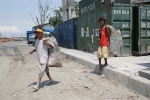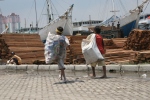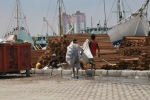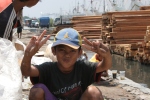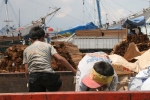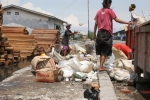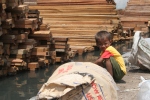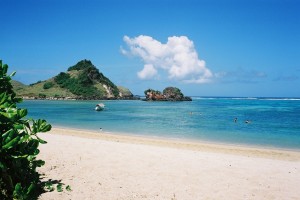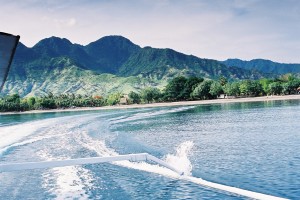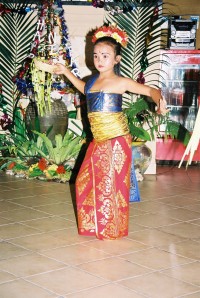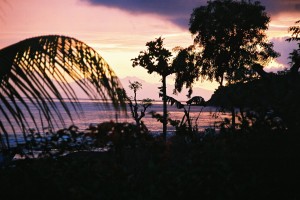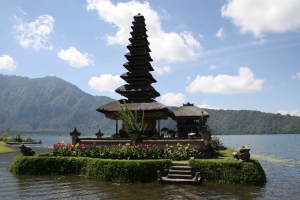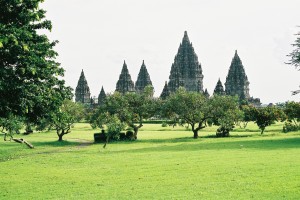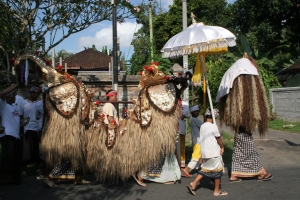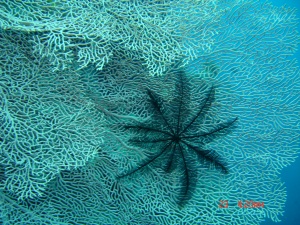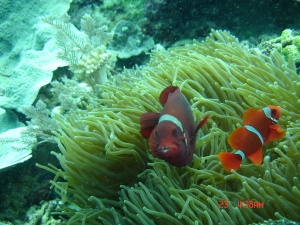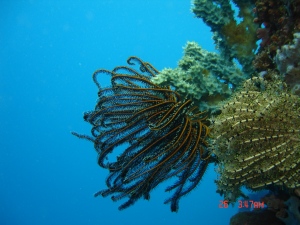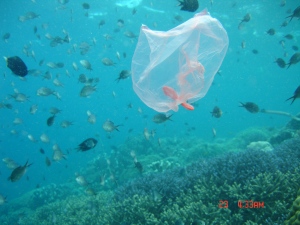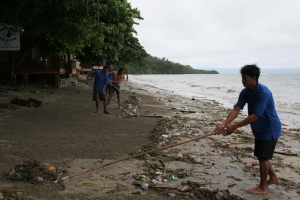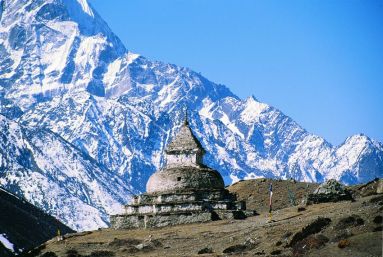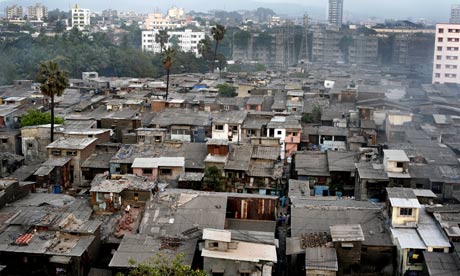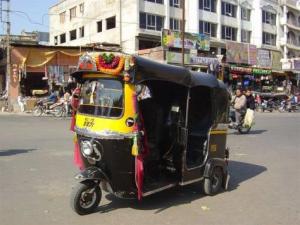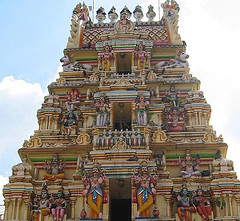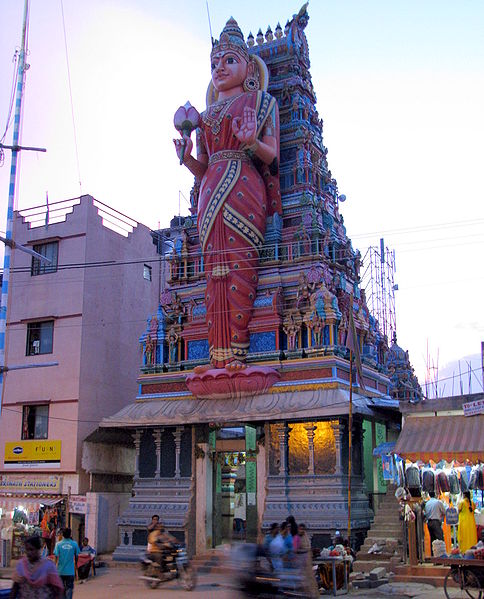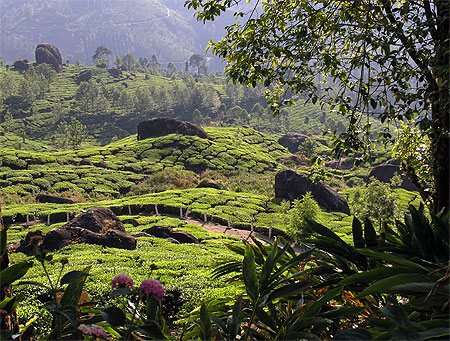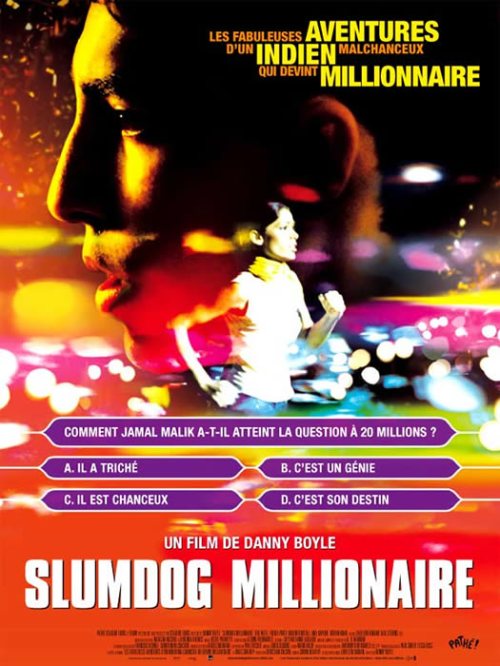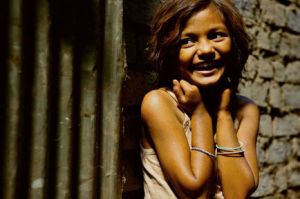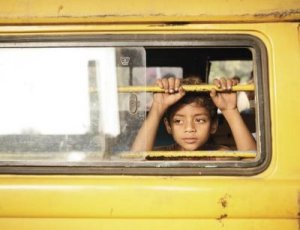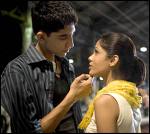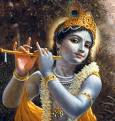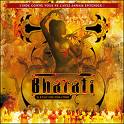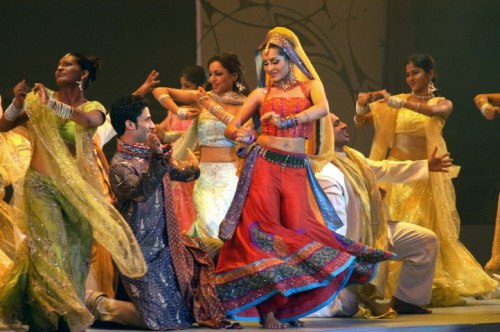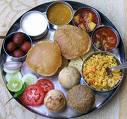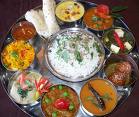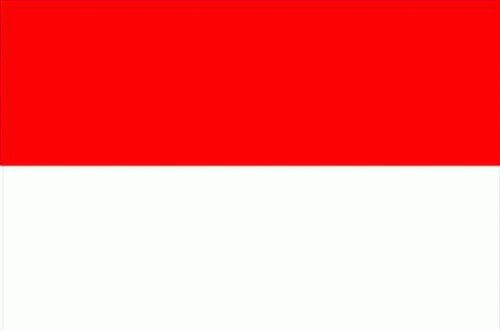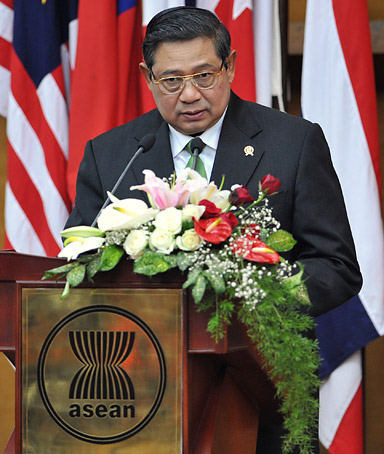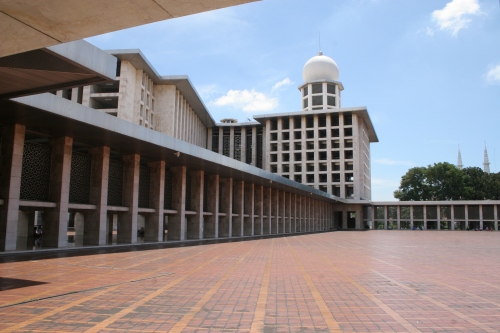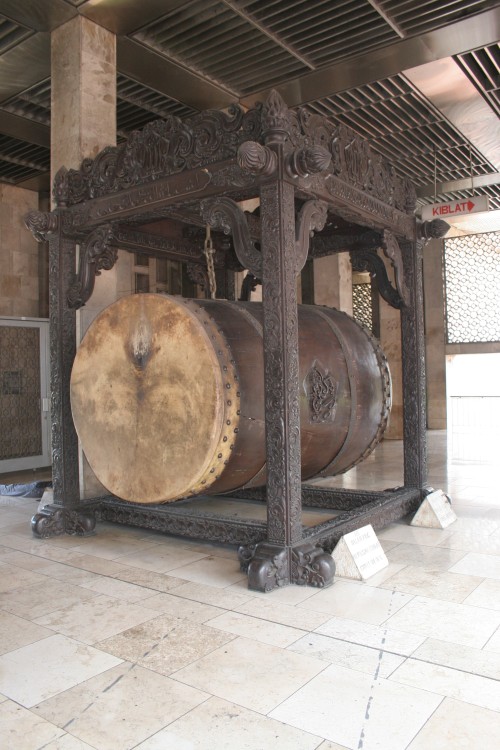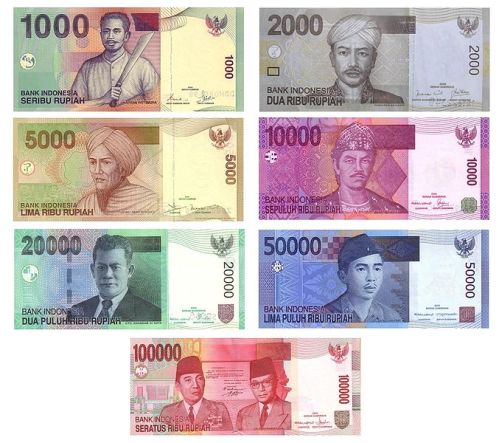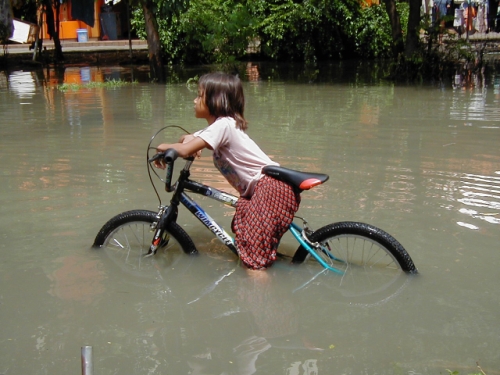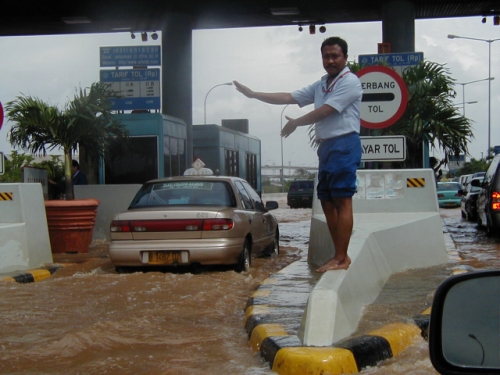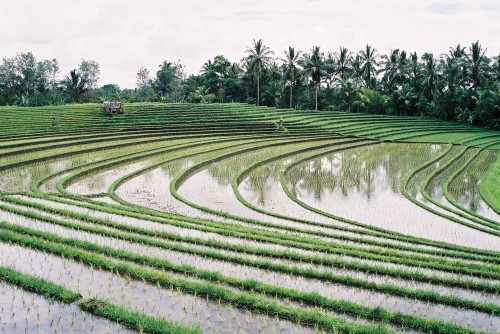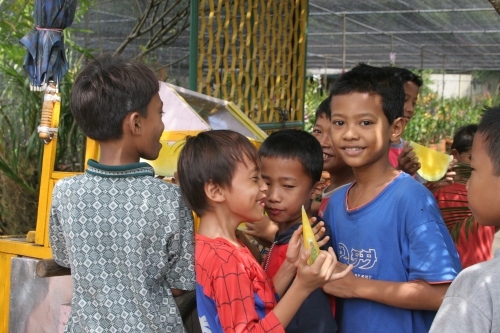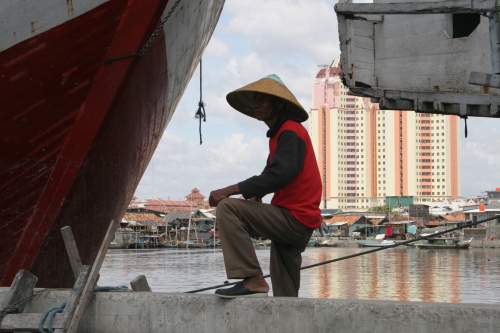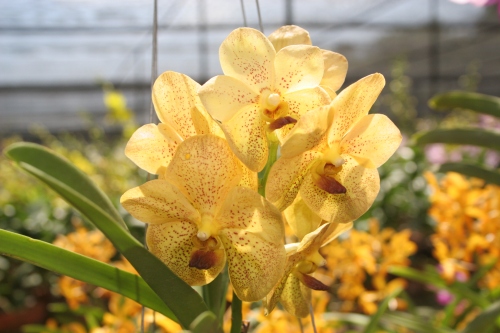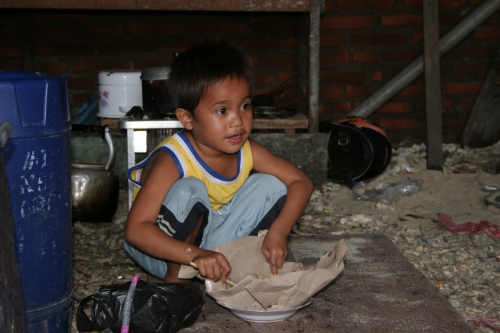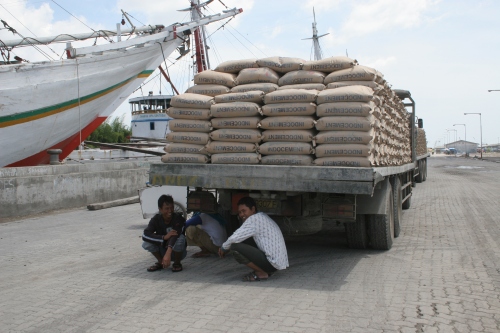As someone very concerned by the protection of the environment, I wanted this article have a little “ecology touch”.
Some of you may think…”water, curious topic!” But I’ve chosen it because the problem of water is in the foreground in India. We all have heard about limited water resources, and a lot of TV shows aim at making us award of the future dangers of our excessive water consummation.
So, let’s talk about water in India. The problem of water is very different from the problem one can have in European societies. The problem of water resources is increasingly burning, because its population also increases. In a few years, the Indians ‘need of water won’t be satisfied anymore. Then, 2/3 of Indian workers are farmers, so water is essential to their survival. That’s why water is an economical and a social good. Someone who can have an access to water can improve his social condition.
You may say : “but India is surrounded by water, oceans, rivers, and during the monsoon it’s raining a lot”!, and you’d be totally right! India’s rivers are some of the biggest of the planet, and its deltas are the hugest of the world (Gange, Brahmapoutre and Meghna). Then, the presence of oceans on both sides of India enables Indians to go fishing (although the monsoon and its violent rains often keep Indians from sailing…) and to earn more money after their harvests. Most of the time, the land where water is, is a very dynamical place, with a very high population density (for example along the deltas), what often correspond to rice-growing places. Besides this point, the Indians are very pleased to welcome the monsoon rains. they have a great smile on their face…
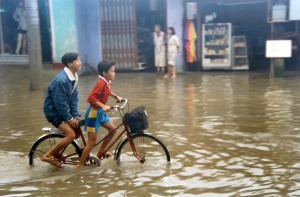
So, water is omnipresent in India, but it may be sometimes very dangerous. The challenge is to contain the fury of water, so that it does not destroy harvests and habitations, when rivers overflow their banks. Irrigation is very important: nature offers water, but the Indians have to control this present in time and space thanks to it
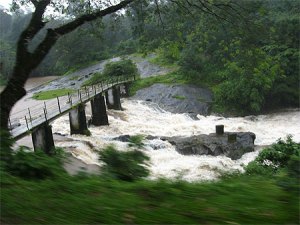
In our societies, water is considered as a free good. But It’s not the case in India: a liter of water (0,24€) is more expansive than a liter of milk (0,20€) ! In towns, 90% of the Indians have an access to water, but in the countryside, only 58% of them have it. They have a lot of strategies to collect water, like tanks on the top of buildings in town, and bowls for the poorest people. Woman often spend their all time to go and search for water, when wells are located far away from their houses. Little girls often do not go to school in order to help their mum to bring water back to home.
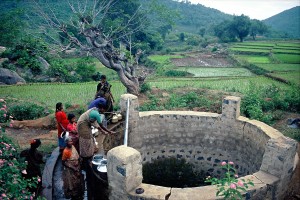
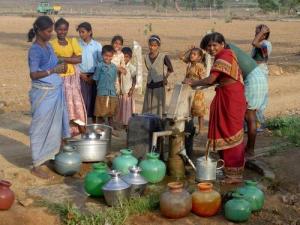
Poor people are often under hold and influence of mafias, who sell them water for a very high price, sometimes higher than for richer families, what increases social inequalities. They have no choice but accept it. Moreover, water business is a business that makes a lot of money. There is a real competition between almost 200 water trademarks: in order to earn more money than the others, each company sells bad quality water, as a result water often causes diseases. Competition can also be born between states of India because of water, what leads to political problems. For example, Madras must search for water, which is located 200 kilometers away from the town.
The Gange river is a sacred river: bathing in it can make you pure. But it’s also one of the most polluted rivers of the world, as everyday almost 200 millions of waste water liters are poured in it.

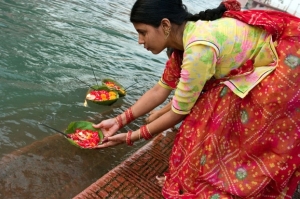
So you’ve understood that water use to cause a lot of inequalities between people : at first, because some Indian regions are not reached by the monsoon. Then mentalities lead to a personal management, although for India’s safe it should be a collective management. The ones who are rich enough to build wells can have an access to water and develop farming and rice growing. To own a well is a sign of social distinction. But to the detriment of the others, who are deprived of it and suffer from an unequal repartition of water. In India, water is source of social inequalities…
